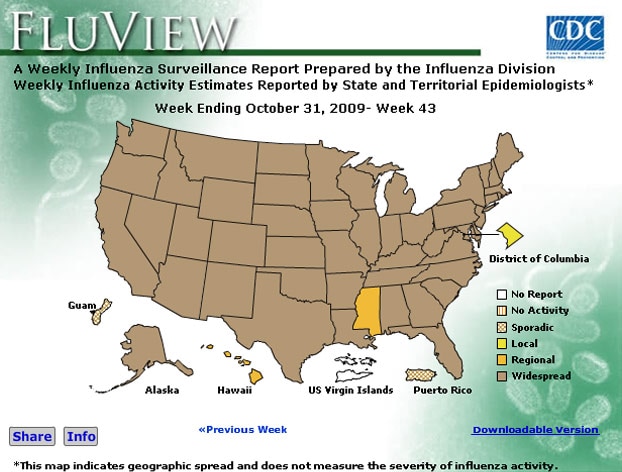The House passed health care reform late last night. What will the new legislation mean to you? What are the biggest myths surrounding the bill and what do you need to know to take advantage of the upcoming laws? Last September we looked at how much of the economy is really spent on health care. Now that a bill has passed, how will those funds shift and how will health care reform change your costs?
PBS NewsHour breaks down the basics:
The legislation will require nearly every American to carry health insurance starting in 2014 and will impose a penalty fee on those who don’t. It will set up a series of state-based insurance exchange marketplaces where people who do not have access to employer-based insurance will be able to shop for plans, and will also offer new tax subsidies to make that insurance more affordable for millions of Americans who earn up to 400 percent of the federal poverty level.
It will also impose new regulations on the insurance industry, including barring insurance companies from denying coverage to patients based on pre-existing conditions, and barring companies from using technicalities to drop customers who become ill.
Many of the bill’s provisions, such as the insurance exchange marketplaces and new subsidies, won’t go into effect until 2014. But some of the new insurance regulations will begin this year, such as a provision that allows young adults up to age 26 to stay on their parents’ plans.
Want to discuss the bill with your friends and colleagues but don’t know where to begin? PolitiFact lists the top ten facts about health care reform and dispels some pervasive myths.
The government will not take over hospitals or other privately run health care businesses. Doctors will not become government employees, like in Britain. And the U.S. government intends to help people buy insurance from private insurance companies, not pay all the bills like the single-payer system in Canada.
So what will happen? Kaiser Health News provides a consumers’ guide to health reform, detailing when various provisions will take effect and answering pressing questions about how health insurance affordability will change and what types of insurance will be available.
WNYC’s The Takeaway spoke with health care professionals and small business owners about how the changes in health care reform will affect them.
“I’m hoping that by adding 32 million people to the insurance pool that premiums will eventually come down by bending the cost curve,” John Brown, VP of Brown Furniture Company, told The Takeaway.
For more on how health care reform could change your coverage, check out this New York Times “choose your own adventure”-style interactive and follow your health care options through the bill.
You can also add a question about health care for Capitol News Connection’s reporters to ask on the Hill.
If you have a health care story or thoughts on how reform could help or hurt your current situation that you’d like to share with EconomyStory, please add it in the comments below. We’ll be featuring stories from readers during the coming weeks.
